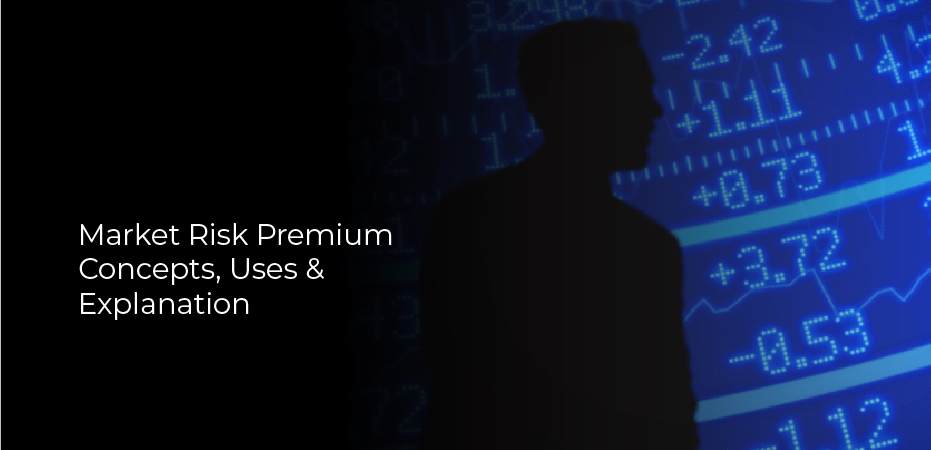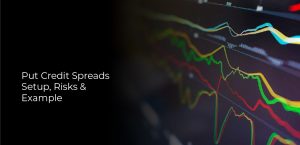The market risk premium is the extra return investors require to hold risky assets over safe assets. The market risk premium is made up of two components: the required return on risk-free assets and the expected return on risky assets. The required return on risk-free assets is the minimum return investors require to hold a particular asset. The expected return on risky assets is the average return investors expect to earn from holding a particular asset.
The market risk premium can be used to measure the cost of equity capital. The cost of equity capital is the amount of money a company would have to pay to borrow money from investors. The cost of equity capital can be calculated by subtracting the required return on risk-free assets from the expected return on risky assets.
Concepts Used to Determine Market Risk Premium
Risk is inherent in any investment and is always a consideration for an investor when making choices. The market risk premium (MRP) is one way to measure the amount of extra return an investor requires to compensate for the additional risk of investing in the stock market as compared to a less risky investment.
There are many factors that go into calculating the MRP, but some of the most important include:
- The expected return on a risk-free investment, such as U.S. Treasury bills
2. The volatility of the stock market as measured by standard deviation or historical price changes
3. The correlation between returns on the stock market and returns on other investments, such as Treasury bills
4. The maturity of the investment
Market Risk Premium Formula
The market risk premium (MRP) is the extra return investors require to hold a risky investment instead of a risk-free investment. The MRP can be found by subtracting the rate on a short-term, risk-free investment from the rate on a longer-term, riskier investment.
The market risk premium is an important number for investors because it tells them how much compensation they need to receive for taking on additional risk. A high MRP means that investors require a higher return for holding risky investments, while a low MRP means that they are willing to accept less compensation.
The market risk premium can vary over time and between countries. It is affected by factors such as economic conditions, investor sentiment, and political instability. Investors should be aware of these changes when making investment decisions.
Use of Market Risk Premium
Market risk premium is the extra compensation an investor expects to receive for taking on the risk of owning stocks. The market risk premium can be found by subtracting the expected return on a Treasury security from the expected return on the stock market. This number can be used to judge whether or not it is worth taking on additional risk in order to achieve a higher potential return.
The market risk premium has been relatively low in recent years, as investors have been willing to accept lower returns in exchange for greater safety. This may be due to the uncertain economic conditions, or to investors’ expectations that stock prices will continue to rise over the long term.
When evaluating whether or not to invest in stocks, it is important to consider both the expected return and the level of risk. The market risk premium can help you determine how much extra return you can expect for taking on additional risk.
What Is the Difference Between the Market Risk Premium and Equity Risk Premium?
When it comes to investments, there are a few key concepts that everyone should know. One of these is the difference between the market risk premium and the equity risk premium.
The market risk premium is the extra return that an investor expects to receive for taking on the risk associated with the entire market. This includes both stocks and bonds. The equity risk premium, on the other hand, is the extra return that an investor expects to receive for taking on the risk associated with just stocks.
This distinction is important because it can help investors determine which type of investment may be a better fit for them. If they are looking for a greater return and are willing to take on more risk, then they may want to focus on investments that have a higher equity risk premium.



